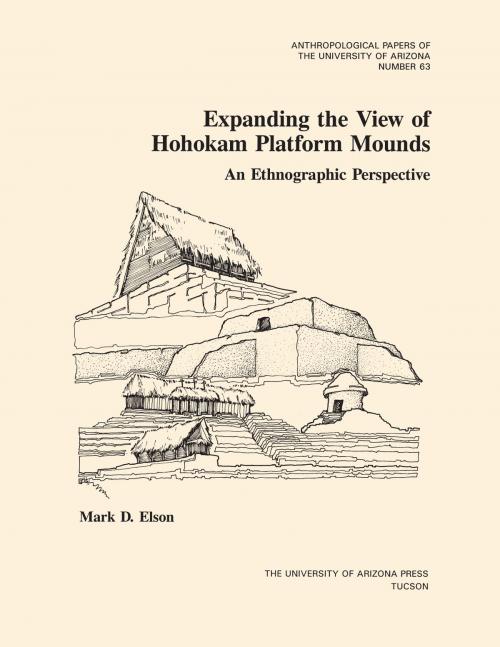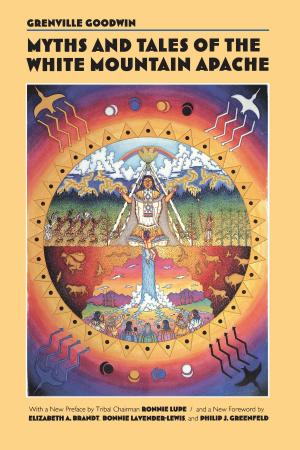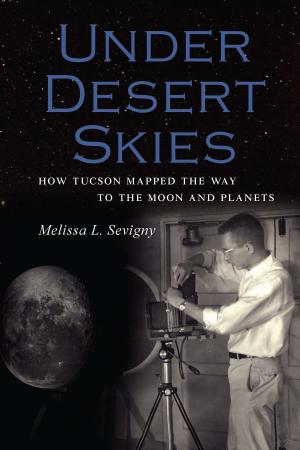Expanding the View of Hohokam Platform Mounds
An Ethnographic Perspective
Nonfiction, Social & Cultural Studies, Social Science, Archaeology| Author: | Mark D. Elson | ISBN: | 9780816536597 |
| Publisher: | University of Arizona Press | Publication: | December 15, 2016 |
| Imprint: | University of Arizona Press | Language: | English |
| Author: | Mark D. Elson |
| ISBN: | 9780816536597 |
| Publisher: | University of Arizona Press |
| Publication: | December 15, 2016 |
| Imprint: | University of Arizona Press |
| Language: | English |
For more than a hundred years, archaeologists have investigated the function of earthen platform mounds in the American Southwest. Built by the Hohokam groups between A.D. 1150 and 1350, these mounds are among the few monumental structures in the Southwest, yet their use and the nature of the groups who built them remain unresolved. Mark Elson now takes a fresh look at these monuments and sheds new light on their significance. He goes beyond previous studies by examining platform mound function and social group organization through a cross-cultural study of historic mound-using groups in the Pacific Ocean region, South America, and the southeastern United States.
Using this information, he develops a number of important new generalizations about how people used mounds. Elson then applies these data to the study of a prehistoric settlement system in the eastern Tonto Basin of Arizona that contained five platform mounds. He argues that the mounds were used variously as residences and ceremonial facilities by competing descent groups and were an indication of hereditary leadership. They were important in group integration and resource management; after abandonment they served as ancestral shrines. Elson's study provides a fresh approach to an old puzzle and offers new suggestions regarding variability among Hohokam populations. Its innovative use of comparative data and analyses enriches our understanding of both Hohokam culture and other ancient societies.
For more than a hundred years, archaeologists have investigated the function of earthen platform mounds in the American Southwest. Built by the Hohokam groups between A.D. 1150 and 1350, these mounds are among the few monumental structures in the Southwest, yet their use and the nature of the groups who built them remain unresolved. Mark Elson now takes a fresh look at these monuments and sheds new light on their significance. He goes beyond previous studies by examining platform mound function and social group organization through a cross-cultural study of historic mound-using groups in the Pacific Ocean region, South America, and the southeastern United States.
Using this information, he develops a number of important new generalizations about how people used mounds. Elson then applies these data to the study of a prehistoric settlement system in the eastern Tonto Basin of Arizona that contained five platform mounds. He argues that the mounds were used variously as residences and ceremonial facilities by competing descent groups and were an indication of hereditary leadership. They were important in group integration and resource management; after abandonment they served as ancestral shrines. Elson's study provides a fresh approach to an old puzzle and offers new suggestions regarding variability among Hohokam populations. Its innovative use of comparative data and analyses enriches our understanding of both Hohokam culture and other ancient societies.















